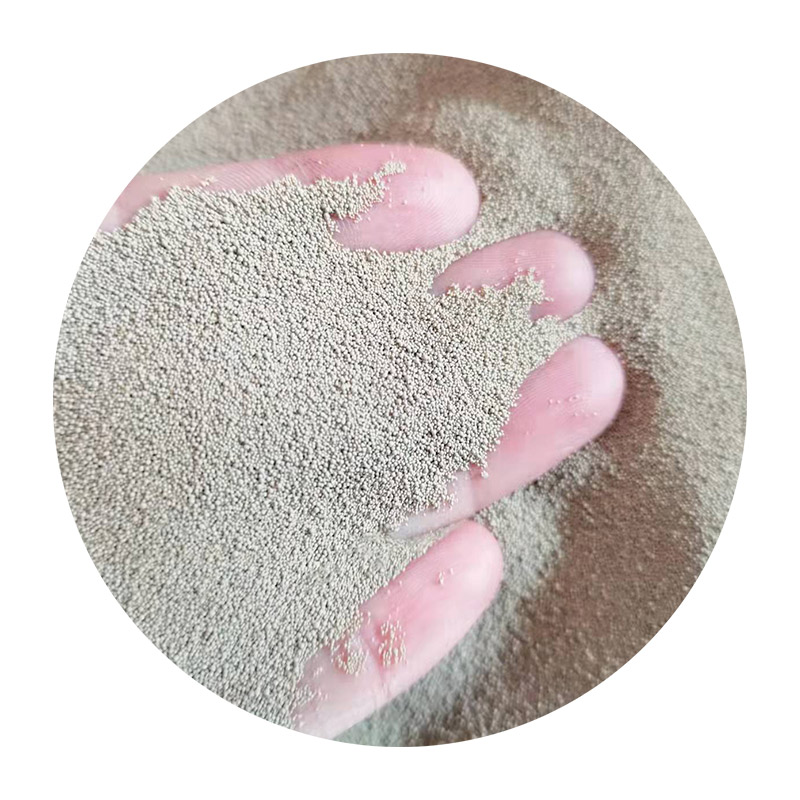How to Sand Resin A Comprehensive Guide
Sanding resin can be a daunting task for many, especially for those new to working with epoxy or polyester resins. However, mastering the art of sanding resin is crucial for achieving a smooth, professional finish on your projects. In this article, we will guide you through the steps involved in sanding resin, including tips and techniques to ensure the best results.
Understanding Resin
Before diving into the sanding process, it’s essential to understand the types of resin you might be working with. Epoxy resin is often used for crafts and art projects due to its strong adhesive properties and clarity. Polyester resin is commonly found in automotive applications and is slightly less durable but easier to work with for large casting projects. Both types require specific sanding techniques to achieve that perfect finish.
Choosing the Right Tools
To sand resin effectively, select the right tools for the job. You will need
1. Sandpaper Start with lower grit sandpaper (around 80-120 grit) for rough shaping and progress to finer grits (up to 400-600 grit) for smooth finishes. 2. Sanding Block or Sponge A sanding block ensures even pressure while sanding flat surfaces, while sanding sponges can be more effective on curved or irregular shapes. 3. Power Sander (optional) For larger projects, a power sander can save time but requires careful handling to avoid over-sanding.
The Sanding Process
1. Preparation Ensure your workspace is clean and free from dust and debris. Wear a mask and goggles to protect yourself from resin dust, which can be harmful if inhaled.
2. Initial Sanding Begin with coarse grit sandpaper (80-120 grit). Sand the surface lightly to remove any irregularities, drips, or rough edges. It’s important to keep the sandpaper moving to avoid creating flat spots or uneven surfaces.
how do you sand resin

3. Progress to Finer Grits Once you’ve achieved a rough shape and eliminated major imperfections, gradually move to finer grit sandpaper. Transition to 220 grit and then to 400 or 600 grit, sanding in circular motions to create a uniform surface. Make sure to clean the surface between different grits to avoid cross-contamination of grits, which can cause scratches.
4. Wet Sanding (optional) For an extra smooth finish, consider wet sanding. This method involves wetting the surface with water or using a wet/dry sandpaper. Wet sanding reduces dust and helps to cool the surface, which can prevent overheating and damage. Start with 320 grit and move to 600 grit or higher.
5. Final Clean Up After sanding, clean the surface thoroughly. Use a soft cloth or tack cloth to remove any dust and particles. This step is crucial as any leftover debris will hinder the effectiveness of any finishes applied afterward.
Finishing Touches
Once you’ve achieved a smooth surface through sanding, you may want to enhance the appearance further. You can apply a clear coat or polish to bring out the resin's luster. Layering these products can give your project a glossy, professional finish.
Common Mistakes to Avoid
1. Sanding Too Aggressively Be patient and use light pressure when sanding to avoid gouging the resin surface. 2. Skipping Grits Moving from coarse to very fine grits without intermediate steps can leave deep scratches. 3. Neglecting Dust Control Always clean surfaces between different sanding stages to maintain clarity and smoothness.
Conclusion
Sanding resin is a skill that gets easier with practice. By understanding the materials, choosing the right tools, and following proper techniques, you can achieve a flawless finish on your resin projects. Whether you’re creating art, jewelry, or functional items, mastering the sanding process will elevate the quality of your work. Happy crafting!
Post time:Samh . 27, 2024 00:36
Next:Innovative Lightweight Aggregate Solutions for Sustainable Construction Practices
